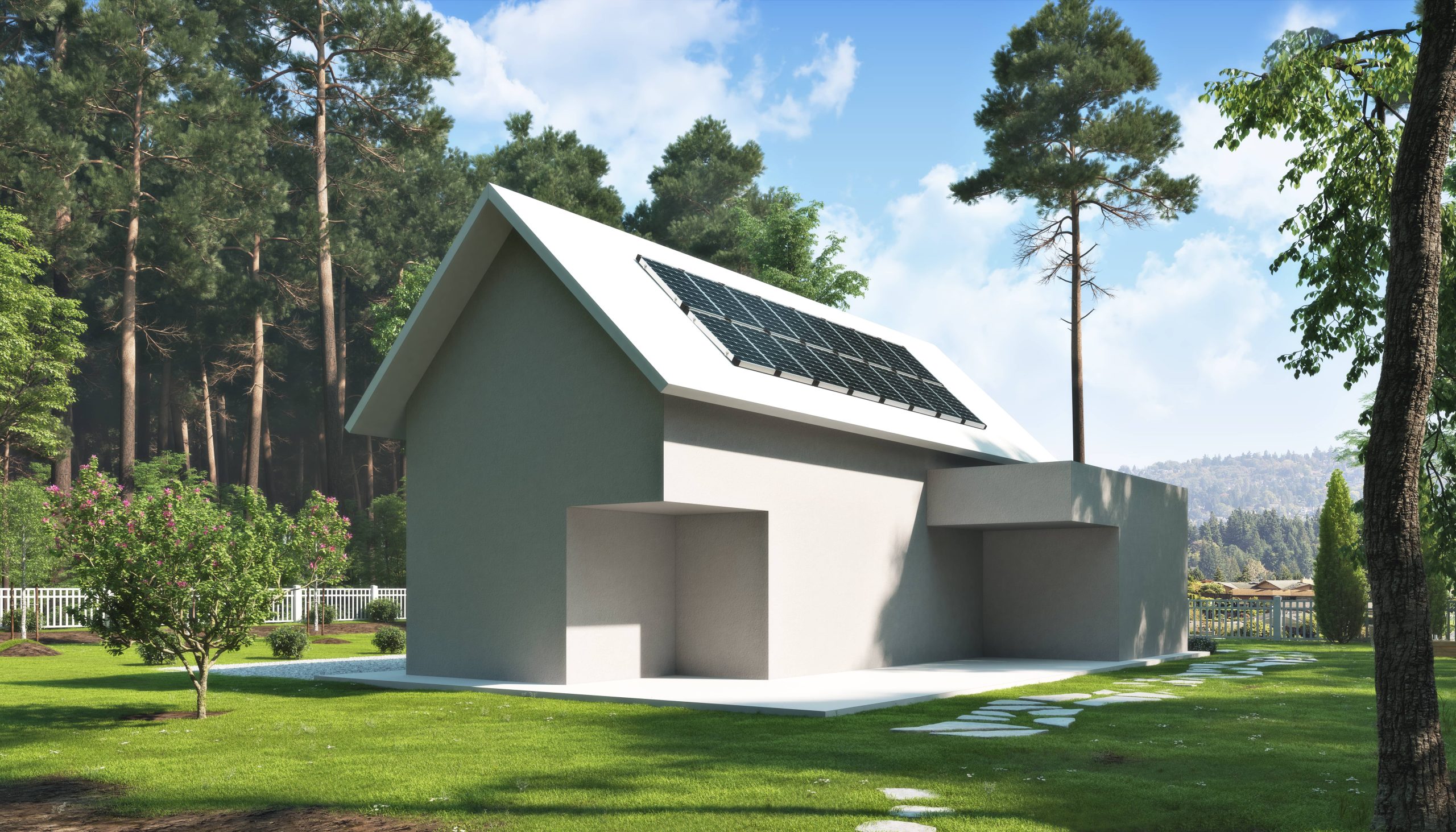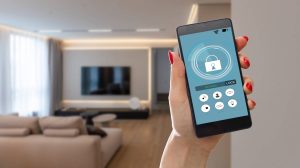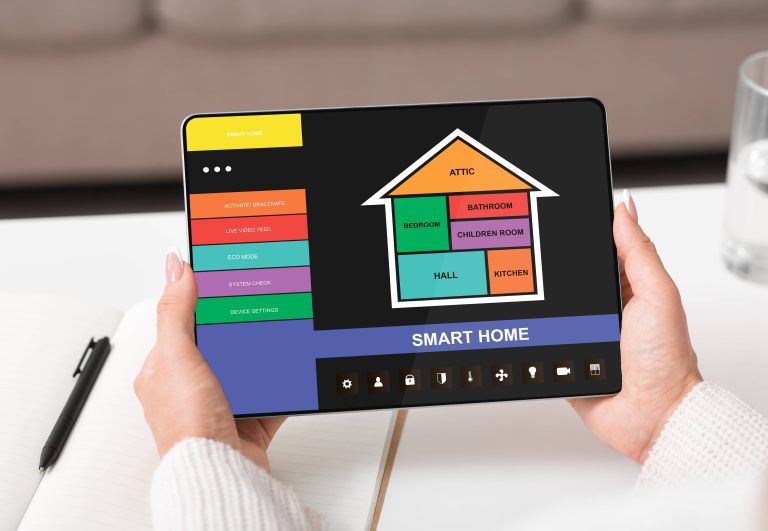
In our modern, technologically-driven world, sustainability and energy efficiency have become significant concerns for many homeowners. We’ve come a long way from simply turning off lights to save electricity. Today, the advent of smart lights has revolutionized the way we think about lighting up our homes—both in terms of convenience and energy conservation.
What Are Smart Lights?
Smart lights are advanced lighting systems that can be controlled remotely through smartphones, tablets, or even voice commands via virtual assistants like Google Home, Alexa, or Siri. They often come equipped with LED bulbs, which are already much more energy-efficient than traditional incandescent bulbs. However, their real energy-saving potential lies in the “smart” component, which allows for intricate control and automation.
Benefits of Smart Lights for Energy Efficiency
1. Energy-efficient Bulbs
Most smart lights use LEDs, which are significantly more efficient than traditional incandescent or even compact fluorescent lights (CFLs). An LED light uses approximately 75% less energy than an incandescent bulb and can last up to 25 times longer. This reduction in energy consumption not only helps reduce your carbon footprint but also translates to lower electricity bills.
2. Automation and Scheduling
One of the standout features of smart lighting systems is the ability to set schedules and automate when lights turn on or off. For example, you can program your lights to automatically turn off during daylight hours or when you’re not home. This eliminates the age-old problem of leaving lights on when they’re not needed, thereby avoiding unnecessary electricity use.
3. Dimming Capabilities
Almost all smart lights come with dimming features. By adjusting the brightness to suit your needs and activities, you can reduce energy use significantly. Dimmed lights consume less power, and with the ease of controlling brightness levels directly from your smartphone, this becomes an effortless task.
4. Motion Sensors and Occupancy Detection
Many smart lighting systems come with motion sensors that can detect when someone enters or leaves a room. Lights can automatically turn on when you enter and turn off when the room is unoccupied. This is especially useful in areas that are frequently forgotten, like basements, garages, and closets.
5. Remote Control
The ability to control your home’s lighting from anywhere in the world is one of the most convenient aspects of smart lights. Forgot to turn off the kitchen light before leaving for work? No problem. Just open your smart lighting app and switch it off. This not only saves electricity but also gives you peace of mind.
Leveraging Smart Lights for Sustainability
Efficient Use of Natural Light
Smart lights can be programmed to complement natural daylight. By syncing your smart lighting system with sunrise and sunset times, you can ensure that indoor lights are used minimally when natural light is available. Some systems can even adjust light temperature to match the natural light, creating a harmonious and energy-efficient environment.
Integrating with Other Smart Home Devices
Smart lights can work in conjunction with other smart home devices to create an even more efficient ecosystem. For instance, integrating smart lights with a smart thermostat can optimize both heating and lighting in your home, ensuring that no energy is wasted.
Color Adjustments
Smart lights offer the ability to change colors and temperatures, which is not just fun but also functional. Using cooler (bluer) light during the day and warmer (yellower) light in the evening can simulate natural lighting patterns, reducing the need for artificial lighting and enhancing your circadian rhythm. This can result in using lights more intelligently based on the time of day.
Cost Considerations
While smart lights can be more expensive upfront compared to traditional lighting solutions, they offer substantial savings in the long run. Their energy-efficient design and the ability to control and reduce unnecessary usage can lead to lower electricity bills. Additionally, the extended lifespan of LED bulbs means fewer replacements and less waste.
Government Incentives and Rebates
Many governments and utility companies offer incentives and rebates for adopting energy-efficient technologies, including smart lighting. These programs can help offset the initial costs, making it more affordable to switch to smart lighting.
Conclusion
Smart lighting is more than just a trend—it’s a step toward a more sustainable and energy-efficient future. By utilizing smart lights, you can enjoy better control over your home’s lighting while reducing your electricity consumption and environmental impact. It’s a win-win situation that combines the best of modern technology with sustainable living practices.
Incorporating smart lights into your home doesn’t just offer convenience; it provides a tangible way to contribute to energy efficiency and sustainability. As more people adopt these technologies, we collectively move towards reducing our carbon footprints and conserving the planet’s precious resources. So, make the switch today and let your home shine brightly in the most efficient way possible.







